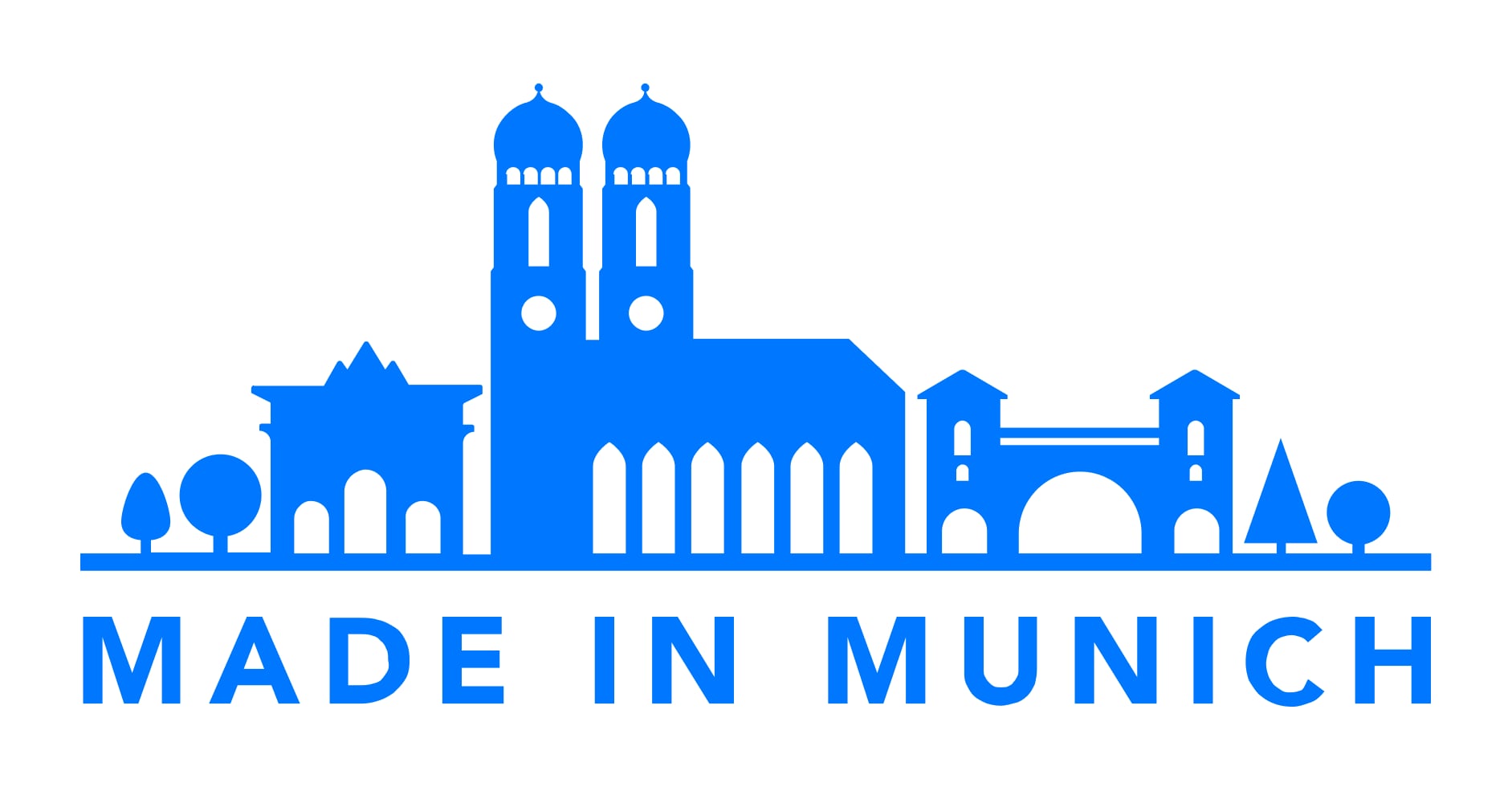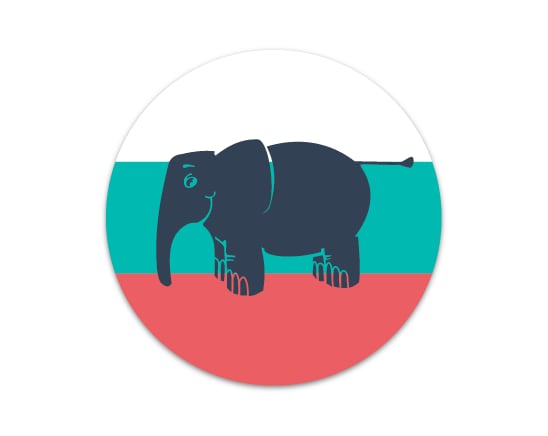Category: PHP
-

Introducing the ottonova Tech Radar
We always promoted openness when it came to our tech stack. The ottonova Tech Radar is the next step in that direction. What is the Tech Radar? The ottonova Tech Radar is a list of technologies. It’s defined by an assessment outcome, called ring assignment and has four rings with the following definitions: ADOPT – Technologies we…
-

Recruiting Backend Engineers at ottonova
Here are some words about how the Backend Team goes about finding new team members. We want to do our part and share with the Community, as well as provide a bit more transparency into ottonova and how we are building state-of-the-art software that powers Germany’s first digital health insurance. This article covers what we…
-

Bulgaria PHP Conference 2019
Let’s talk about organization, preparation and venue first. From my point of view, the organizers did a lot to make this conference great, at least they tried to do their best. The conference, same as the workshop took place in the very center of the city, in the biggest public hall. It was quite easy…